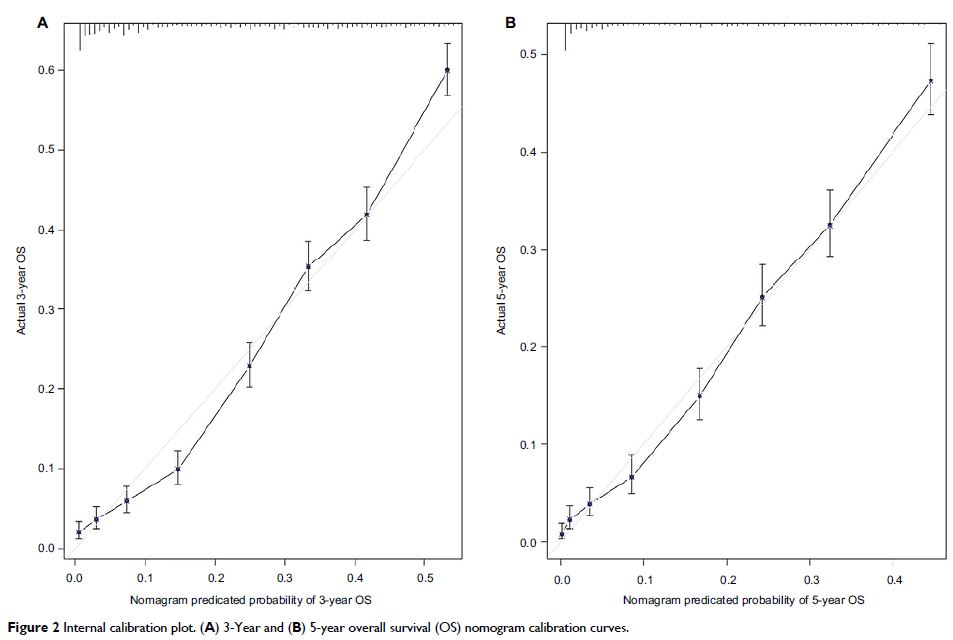108605
论文已发表
注册即可获取德孚的最新动态
IF 收录期刊
- 3.4 Breast Cancer (Dove Med Press)
- 3.2 Clin Epidemiol
- 2.6 Cancer Manag Res
- 2.9 Infect Drug Resist
- 3.7 Clin Interv Aging
- 5.1 Drug Des Dev Ther
- 3.1 Int J Chronic Obstr
- 6.6 Int J Nanomed
- 2.6 Int J Women's Health
- 2.9 Neuropsych Dis Treat
- 2.8 OncoTargets Ther
- 2.0 Patient Prefer Adher
- 2.2 Ther Clin Risk Manag
- 2.5 J Pain Res
- 3.0 Diabet Metab Synd Ob
- 3.2 Psychol Res Behav Ma
- 3.4 Nat Sci Sleep
- 1.8 Pharmgenomics Pers Med
- 2.0 Risk Manag Healthc Policy
- 4.1 J Inflamm Res
- 2.0 Int J Gen Med
- 3.4 J Hepatocell Carcinoma
- 3.0 J Asthma Allergy
- 2.2 Clin Cosmet Investig Dermatol
- 2.4 J Multidiscip Healthc

一个预测胆道癌总体存活率的诺模图
Authors Song W, Zhu Z, Wu Q, Lv C, Wang Y, Chen L, Miao D
Received 21 January 2018
Accepted for publication 20 April 2018
Published 14 June 2018 Volume 2018:10 Pages 1535—1541
DOI https://doi.org/10.2147/CMAR.S163291
Checked for plagiarism Yes
Review by Single-blind
Peer reviewers approved by Dr Andrew Yee
Peer reviewer comments 2
Editor who approved publication: Dr Leylah Drusbosky
Background: The
aim of the study was to develop and validate a nomogram to predict overall
survival (OS) in biliary tract cancer (BTC).
Patients and
methods: Patients diagnosed with BTC between
2004 and 2014 were selected for the study from the Surveillance, Epidemiology,
and End Results (SEER) database. All patients were randomly allocated to 2
sets, the training set (n = 8,869) and the validation set (n = 8,766), for the
purposes of validation. The prognostic effects of each variable were examined
using univariate and multivariate analyses. Cox regression models and a
nomogram were developed based on significant prognostic factors. The predictive
and discriminatory capacity of the nomogram was evaluated by Harrell’s
concordance index (C-index) and calibration plots.
Results: Data of 17,635 patients with BTC were collected from the SEER database.
Age; race; tumor site; tumor grade; T, N, and M stage; marital status; and
therapy were associated with survival in the multivariate models. All these
factors were integrated to construct the nomogram. The nomogram for predicting
OS displayed better discrimination power than the tumor-node-metastasis (TNM)
stage system 6th edition in the training set and validation set. The
calibration curve indicated that the nomogram was able to accurately predict 3-
and 5-year OS.
Conclusion: This predictive model has the potential to provide an
individualized risk estimate of survival in patients with BTC.
Keywords: nomogram, biliary tract cancer, SEER, prognosis
